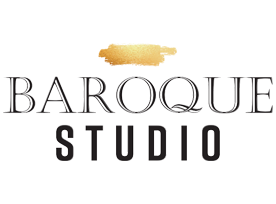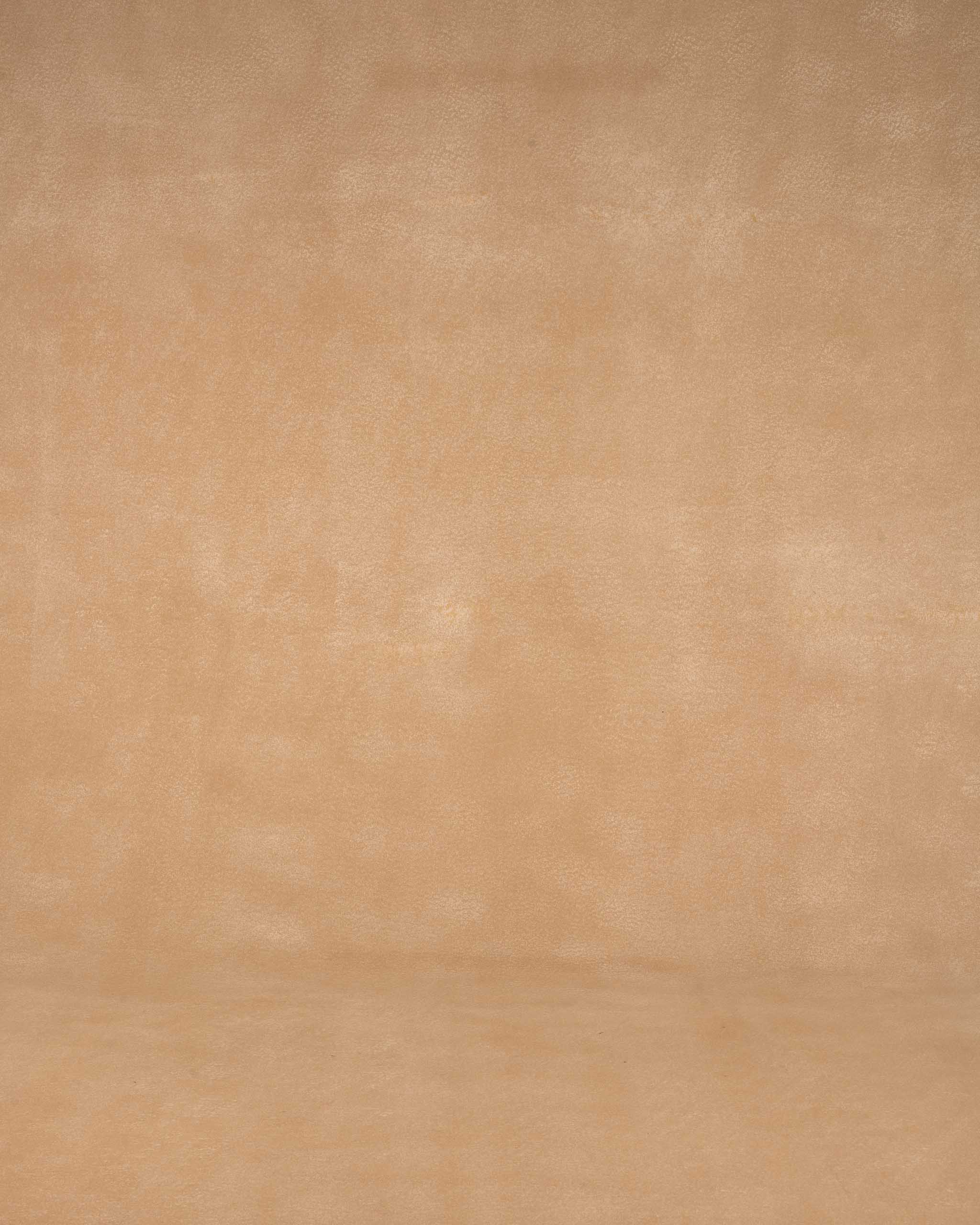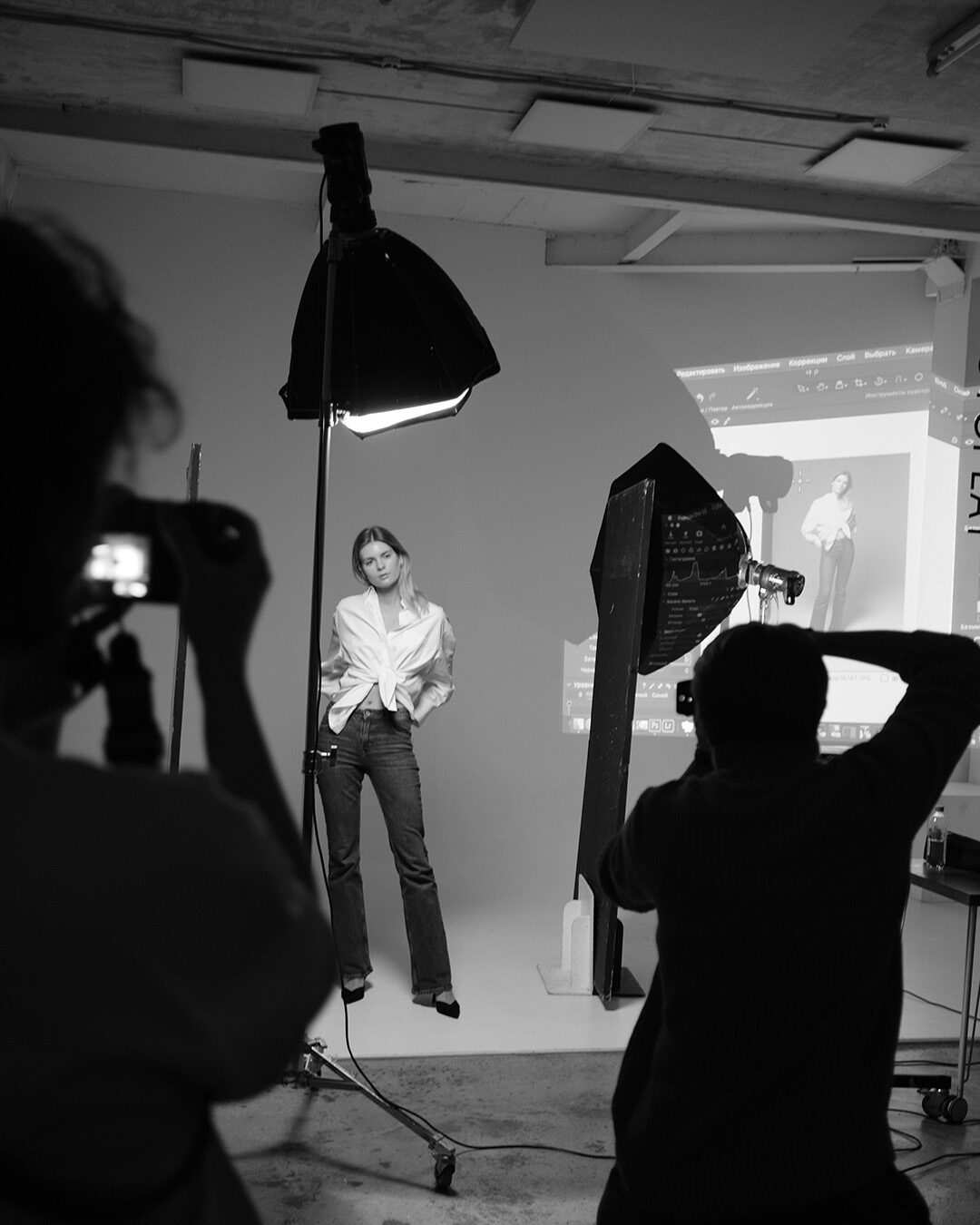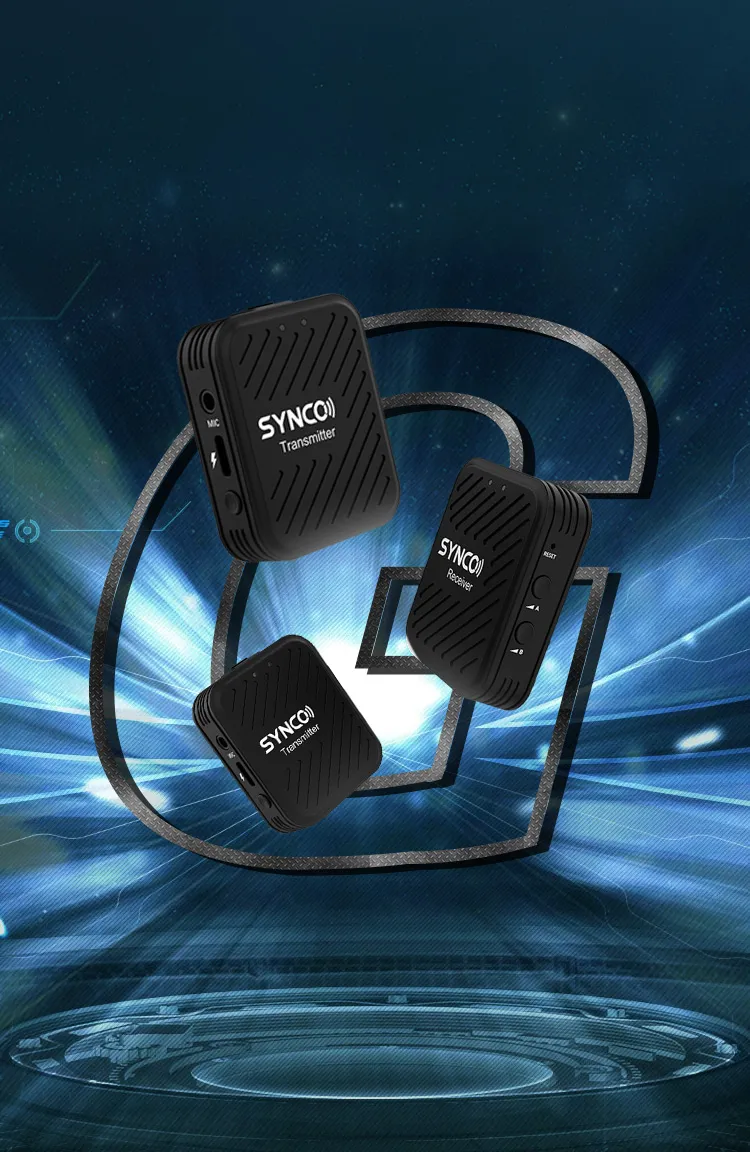It is a well known fact that studio lights are a necessary part of photography. As an amateur photographer, you might start off learning photography by depending on natural light. But as professionals everywhere agree, moving on towards using studio lights for photography is a crucial step for every amateur.
The natural light from the sun and moon is free and you won’t need to spend a penny for it. However, it is not a source of light that can be controlled. The light from the sun in the morning and evening, is best suited for photography. But waiting for the golden hour to click images isn’t the best use of any photographer’s time. The light from the sun can also be too harsh for several camera applications. So, to be dependent on natural light for your photography means you are restricting yourself.
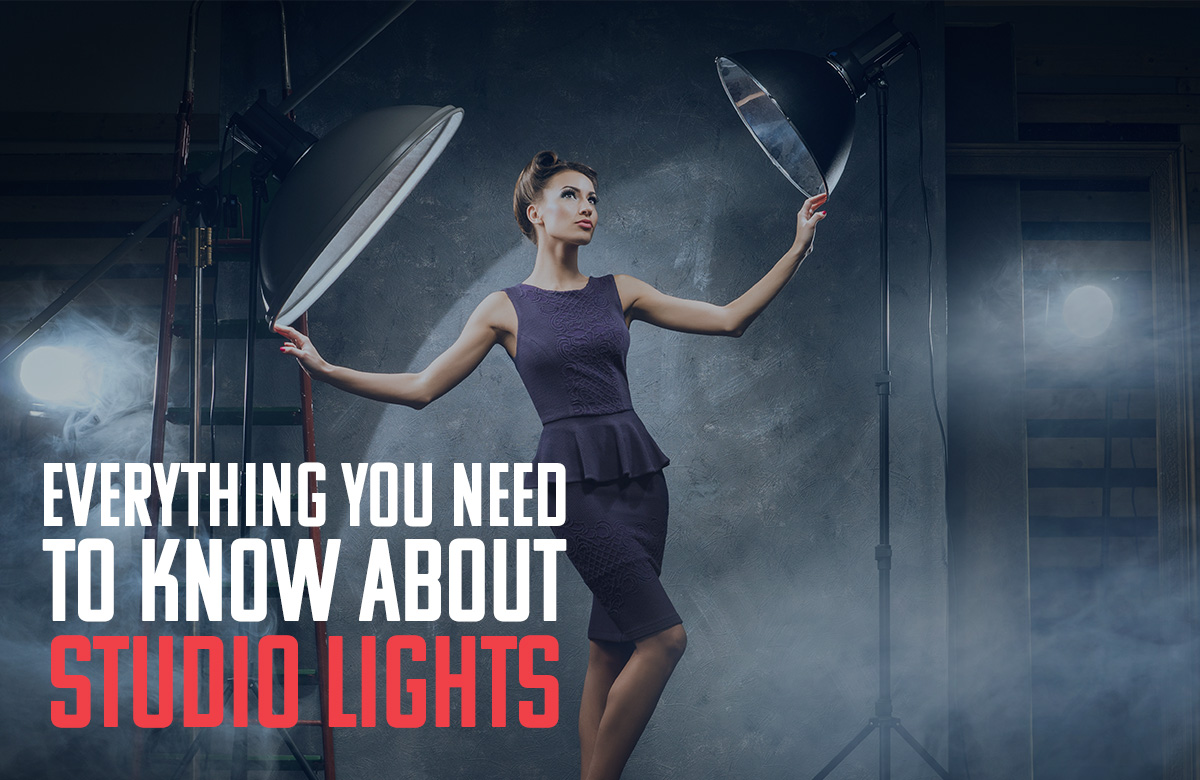
What are studio lights?
Studio lights are essential tools for photographers to illuminate their images and videos. Lighting is a very important tool when it comes to controlling the image. And using studio lights in an effective way is an art in itself. It improves the quality of your photos and can offer some creative assistance that can set your final product apart from others. They are a common sight in studios, and the variety of lights tell every one of them has a specific use for different kinds of photography.
How important are studio lights for photography?
Lighting forms an important component in professional photography. Playing with lights isn’t simply about highlighting the subject or creating darkness, but also about the mood, the vibrancy and the tone of the photography. A professional photographer would know how light would impact the picture based on its placement.
Their knowledge of contrast helps them use the studio lights in an effective manner. Without the proper usage of lights, the photograph can be blurry or grainy. The understanding of one’s camera limitations and thus using the studio lights according to those restrictions can also yield outstanding results.
The different kinds of studio lights
Continuous Lights
Continuous lights are those that stay on constantly, giving you a stable source of light. They give you a preview of how the final image will look, as with these lights you can see what will be captured in the camera. There are two kinds of continuous lights
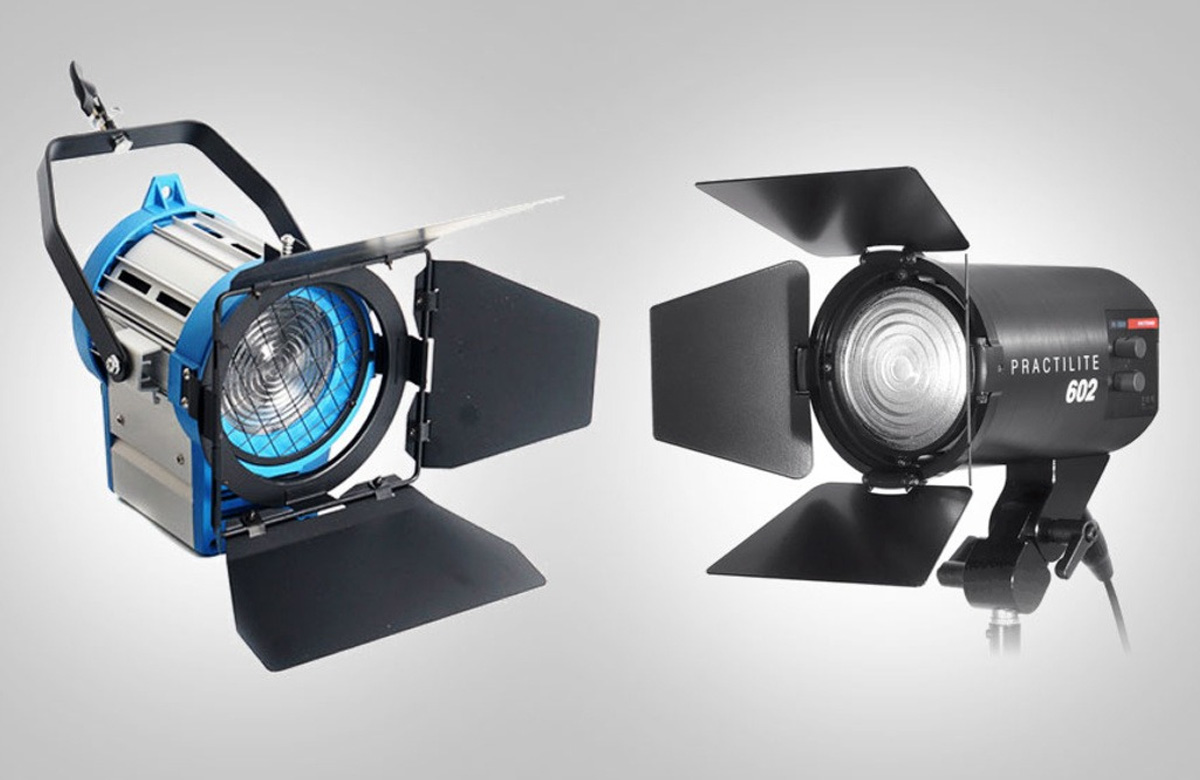
Hot Lights
Traditionally, hot lights are what have been used to create images and videos. They produce a lot of heat while they are on, and they provide a warm source of light.
Tungsten Lights: The best example of hot lights is Tungsten Lights. They are the most commonly used light source in professional fixtures as they are small, bright, and affordable. They produce a light with the colour temperature of 3200K and it is best to adjust the white balance in your camera while using them. The light emitted from tungsten lights covers the entirety of the visible light spectrum and beyond, which means they produce rich, vibrant and accurate colour. They can burn for hours but they require a lot of power and heavy duty fixtures. They are a great investment if you need something powerful and affordable.
Options available in India : Digitek DPL003, Metro Cine Light Multy
Cool Lights
Fluorescent light: These lights are often used for product photography. They are energy-efficient, and they don’t overheat. They come in multiple hues, like yellow, red and green. These lights consume less electricity and offer a diffused bright light which gives a lower contrast. Using a fluorescent white balance setting is recommended while using fluorescent lights.
Options Available: Sonia Trilite
LED light: LED lights are perfect for adjusting colour temperature. The lights can be modified or adjusted according to your need, as they are dimmable. Through LED lights, colours can be captured with more intensity than they are in real life, thus saving you a lot of time in post-processing your image. Because they are cool in nature, they provide a comfortable atmosphere for the photographers and the subjects.
Options Available: DIGITEK D-200ML, Godox SL60
Strobe Lights
Strobe lights give out a multiple bright burst of light. They have a power output between 100 to 1000 watts. The higher the power, the longer the distance you can use strobe lights from. They are also known as moonlights. Because of their immense power, these lights can be placed farther from the subject. One of their unique qualities is that while shooting outdoors, these lights can overpower sunlight and give you the desired effect without any external interference. They recharge quickly and you can take multiple shots in a shorter span of time. They are often confused and interchangeably used with flash lights that perform the same purpose, but are smaller units that are usually used on-camera. There are three types of strobe lights.
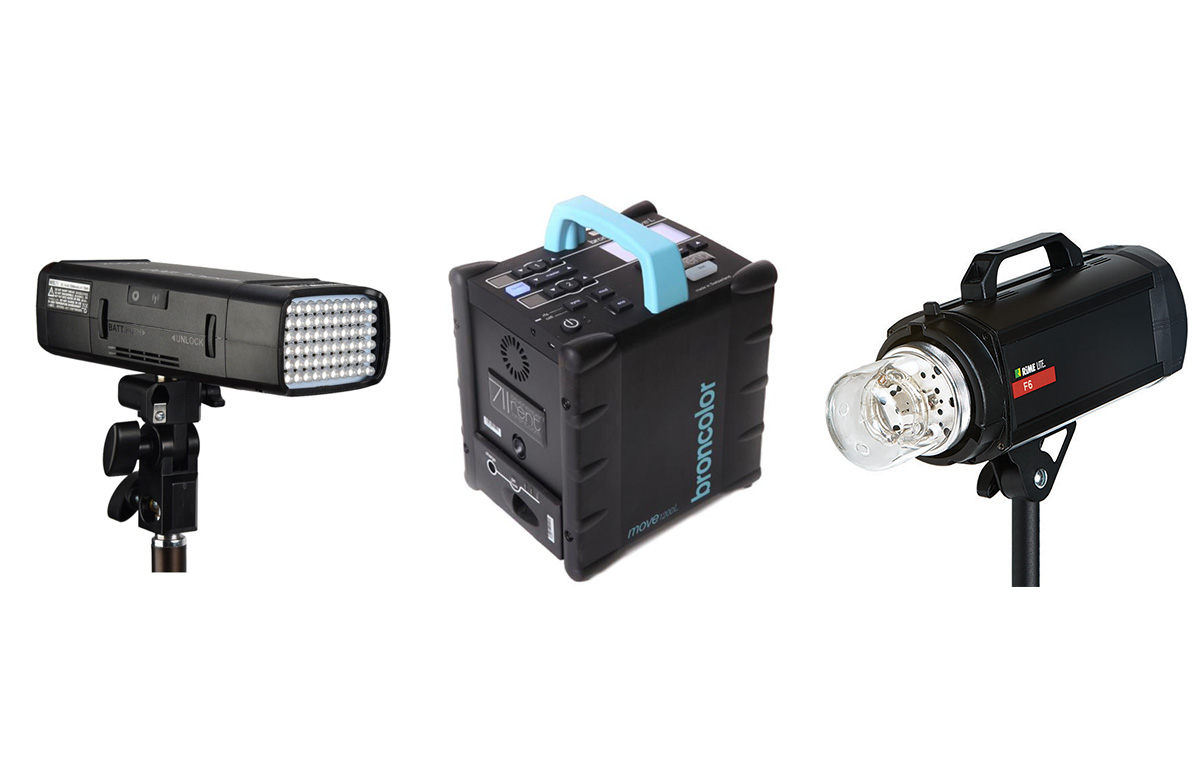
Battery-powered:
Battery-powered strobe lights come in handy in case of a mobile setup. These lights come with a variety of settings that can help you make the best use of light. The battery-powered strobe light systems also include a hotkey that can turn any camera into a wireless.
Shoe Mount:
The shoe mount is a bracket placed on the top of a camera. It has an adjustable head which can be used around to make the light bounce off surfaces. Shoe mounts provide extra light in case of darkness, as the addition of flash gives a boost to light and makes the subject visible enough to be clicked.
Monoblocks:
Monoblocks are usually powered by AC power sources. It has a light head and a power source, both in one compact housing. One of its important functions is to allow the photographers to preview the flash before clicking the picture, and thus adjust the settings beforehand. This becomes possible through the modeling light.
For all types of lights, be it continuous, strobe or flash, a monolight lighting kit is a great tool which provides you with an opportunity to arrange a complex lighting setup. Monolight lighting kits have different accessories in them. Some may contain softboxes, others may have boom arms, some may have snoot, and so on. These lights come with flash heads, which can be of varying numbers. These provide a great deal of compactness and offer various lighting techniques, given they use multiple heads.
Choosing the right studio lights
As professional photographers, it is obvious that you’d like to take your time before choosing the right camera and lenses. Yet, in the quest for that perfect camera which enhances your photography and produces incredible results, often the importance of lights is snubbed. Studio lights are an essential element of professional photography. Their usage sets the theme and tone of the photograph and boosts its quality. This is why it’s important to understand how to choose the right kind of studio lights. There are different lights used for different purposes in studio photography.
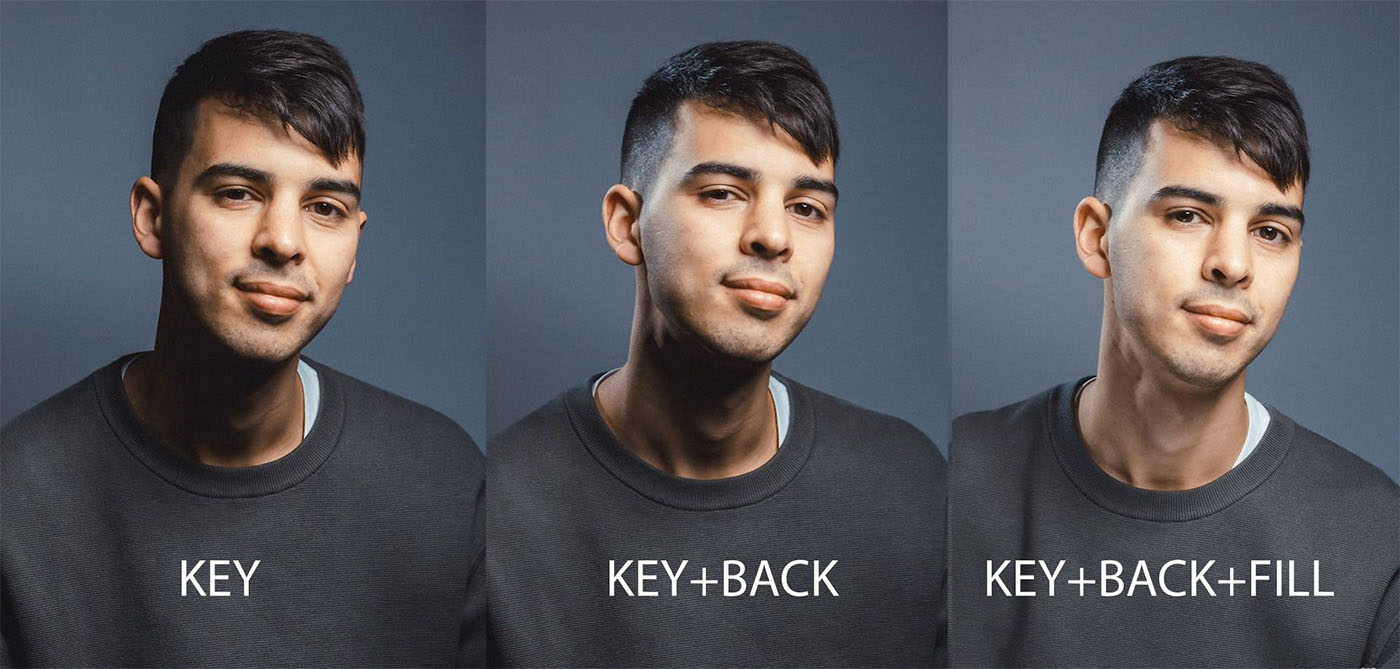
Key Light
Key light is the most crucial element for an artificial light source. As the name suggests, it is always going to be the primary source of light despite you setting up a multi-light source. It makes or breaks your images.
Fill Light
Fill light brightens the shadows caused by the key light. It is an extra light to make sure the distribution of light is even and the subject is well lit.
Hair Light
Hair light is supposed to light up only a small portion of the subject. In this, the light beam is narrow, so as to not fall on the large part of your subject. If you want to highlight a larger area, you have to move the light further from the subject.
Background Light
Background lights prevent your background from getting dark due to different lights thrown at the subject. They also help in removing the shadows cast on the background. It is usually dimmer than the key light, but can also be equal to it in power.
Camera Mounted Flash
The advantage of camera mounted flashes is that they are portable and are easier to move around than the light stands. Outdoors, they serve as fill lights, filling up the shadows perfectly if set in low light. The camera mounted flash is mostly used in receptions and other ceremonies, due to their portability.
Depending on the type of photography you like, the lights vary. It is also about whether you want to shoot outdoors or indoors. It comes down to your budget as well. Studio lights can make or break your image. With varying qualities, they offer a wide range of options to help your photography shine and produce a smile on your client’s face. With an insight to the kind of lights there are, you can be a master of photography skills, and grow considerably as a professional photographer.




